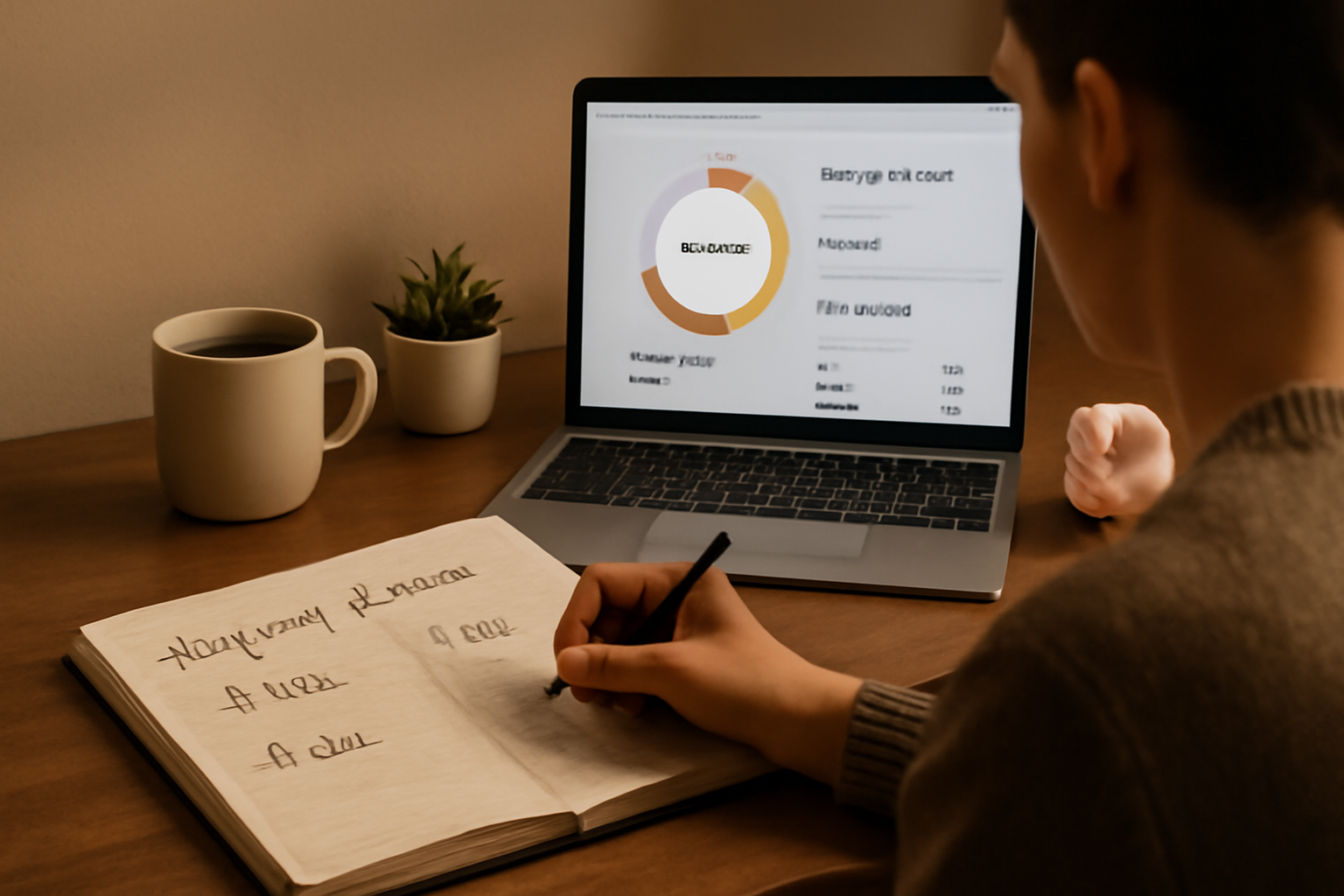Introduction:
An emergency fund is one of the most essential components of a solid financial plan. It’s a safety net that can protect you from unexpected expenses like medical bills, car repairs, or job loss. Building an emergency fund may seem challenging, but with the right approach and discipline, anyone can start saving and build a fund to ensure peace of mind. In this article, we will show you how to build an emergency fund and why it’s so crucial for your financial well-being.
What is an Emergency Fund?
An emergency fund is a separate savings account that is used only for unexpected expenses. The goal is to have enough money set aside to cover at least three to six months of living expenses in case of emergencies. This fund should be easily accessible but not too tempting to dip into for non-emergency purposes.
Why You Need an Emergency Fund
- Job Loss: If you lose your job or face a reduction in income, an emergency fund can help you cover your bills until you find another job or stabilize your income.
- Unexpected Medical Expenses: Medical emergencies can be costly, even with insurance. An emergency fund can help cover the costs of unexpected medical bills.
- Home or Car Repairs: Major home or car repairs can quickly drain your savings. Having an emergency fund ensures that these costs don’t derail your finances.
- Peace of Mind: Having a financial cushion allows you to focus on your goals and reduces stress in case of unforeseen events.
How to Start Building Your Emergency Fund
- Set a Savings Goal: Start by setting a realistic goal for your emergency fund. Aim to save three to six months’ worth of living expenses. If this feels overwhelming, start small and build it over time.
- Automate Your Savings: Set up an automatic transfer from your checking account to your savings account each month. Even small contributions add up over time.
- Cut Back on Non-Essential Spending: Identify areas where you can reduce spending, such as dining out or subscriptions you don’t need. Use the extra money to contribute to your emergency fund.
- Use Windfalls Wisely: If you receive a bonus, tax refund, or other unexpected income, consider using a portion of it to boost your emergency fund.
- Keep It Separate: Keep your emergency fund in a separate, high-yield savings account. This will ensure you don’t spend it on non-emergencies.
Where to Keep Your Emergency Fund
It’s important to store your emergency fund in a place where it’s easily accessible but not too tempting to dip into. A high-yield savings account or money market account is a good option. These accounts offer higher interest rates than traditional savings accounts while keeping your money liquid.
How Much Should You Save?
The general rule of thumb is to save three to six months of living expenses. However, the amount you need depends on your personal situation. If you have a stable job and minimal dependents, three months may be sufficient. If you’re self-employed, have a family, or work in a less stable industry, you may want to save closer to six months’ worth of expenses.
Conclusion:
Building an emergency fund is one of the best ways to protect your financial future. By setting a savings goal, automating your savings, and cutting back on unnecessary expenses, you can build a safety net that provides financial security in times of need. Start small, stay consistent, and gradually work your way to a fully-funded emergency fund.
